Home>Technology>Home Entertainment Systems>How To Pack A Television
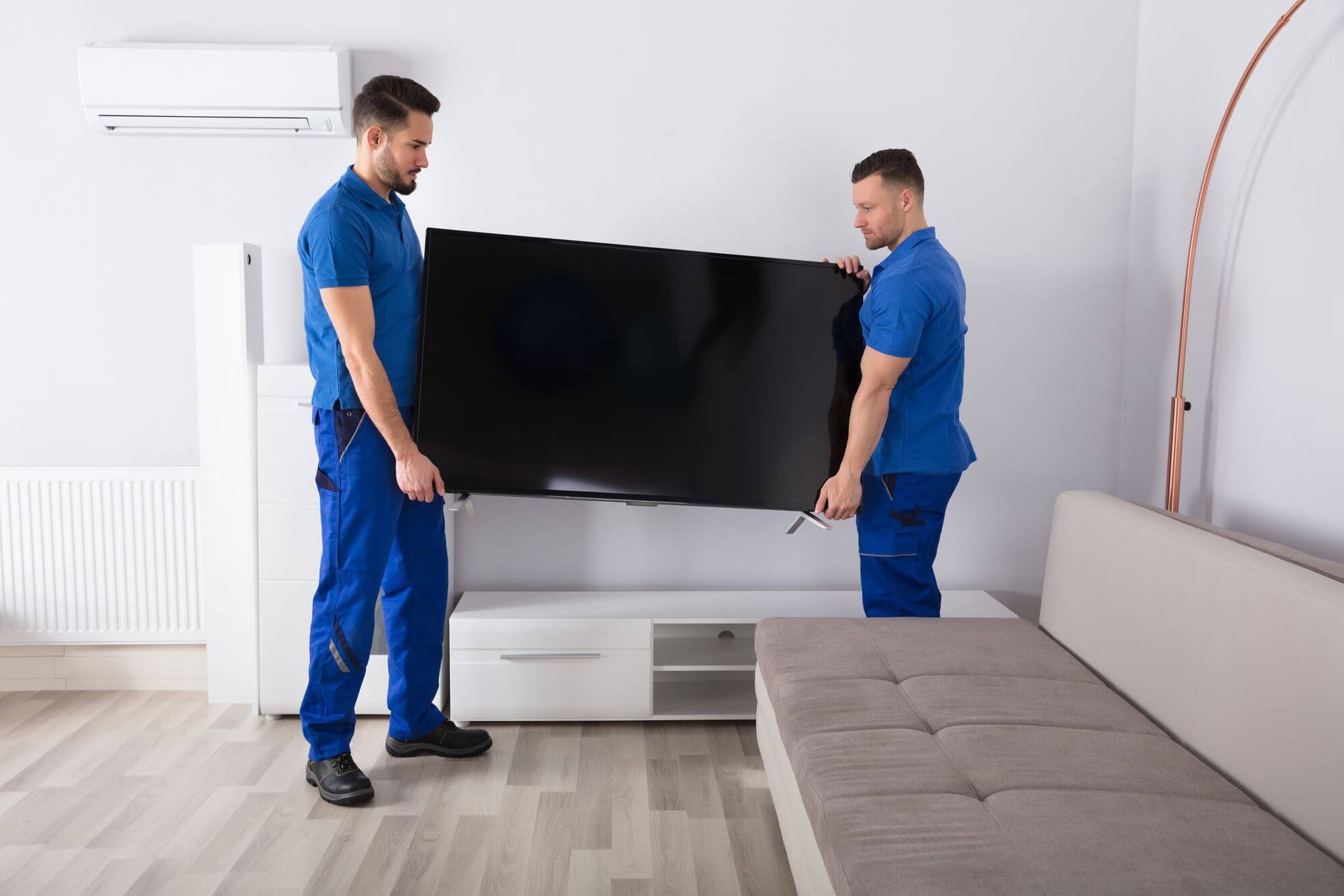

Home Entertainment Systems
How To Pack A Television
Published: December 21, 2023
Learn how to properly pack and protect your home entertainment systems, including televisions, with our step-by-step guide. Safely transport your valuable electronics to your new home or storage unit.
(Many of the links in this article redirect to a specific reviewed product. Your purchase of these products through affiliate links helps to generate commission for Storables.com, at no extra cost. Learn more)
Introduction
Welcome to the exciting world of home entertainment systems! While there are numerous components that make up a complete system, one of the most important and visually impactful is the television. Whether you’re moving to a new home or simply need to transport your TV for repairs, it’s crucial to know how to pack it properly to ensure its safety and prevent any damage during transit.
In this comprehensive guide, we will walk you through the step-by-step process of packing a television with the utmost care. From gathering the necessary supplies to sealing the box, we’ll cover all the essential tips and techniques to ensure your TV arrives at its destination in pristine condition.
Before we dive into the packing process, it’s important to note that different types of televisions require different handling methods. For example, OLED and QLED TVs may have more delicate screens, while older CRT TVs are bulkier and heavier. It’s essential to consider the specific characteristics of your television before proceeding with the packing instructions provided in this guide.
Now that we’ve covered the basics, let’s get started with the first step: gathering packing supplies.
Key Takeaways:
- Properly packing a television involves gathering supplies, disconnecting cables, protecting the screen, securing the stand, wrapping the TV, packing it in a box, labeling, and loading it safely for transportation. Following these steps ensures the TV’s safety.
- Taking the time to pack your television properly can save you from potential repair costs or the need to replace your TV altogether. By following the step-by-step guide, you can ensure your home entertainment system arrives safely at its destination.
Read more: How To Pack A Lamp
Step 1: Gather Packing Supplies
Before you start packing your television, it’s important to gather all the necessary supplies to ensure a smooth and secure packing process. Here are the essential items you’ll need:
- Sturdy Boxes: Look for boxes specifically designed for moving and transporting fragile items. It’s best to use a box that is slightly larger than your television, allowing space for padding and protection.
- Padding Material: Use soft materials like bubble wrap, foam sheets, or packing peanuts to provide cushioning and protection for your television during transit. Make sure to have enough padding material to cover the entire TV.
- Packing Tape: Use high-quality packing tape to seal the boxes securely. Reinforce the seams and edges of the box to prevent it from accidentally opening during transportation.
- Cable Ties: These are handy for organizing and securing the cables and cords of your television. Keep them separate from others to avoid tangling.
- Marker or Labels: Have a permanent marker or labels on hand to clearly mark the box with the contents and any necessary handling instructions.
- Foam Corner Protectors: If your TV has delicate corners, foam corner protectors can provide additional protection during transportation.
Once you have gathered all the necessary supplies, you’ll be ready to move on to the next step: disconnecting cables and accessories.
Step 2: Disconnect Cables and Accessories
Before you start packing your television, it’s crucial to disconnect all cables and accessories to prevent any damage or tangling. Follow these steps to ensure a smooth and hassle-free disconnection process:
- Power Off: Turn off your TV and unplug it from the power outlet. This will prevent any electricity-related accidents and safeguard the TV during the packing process.
- Cable Removal: Disconnect all cables, including HDMI, AV, power, and any other connections. Carefully remove each cable by holding the connector and gently pulling it out. Avoid yanking on the cables, as this could damage the ports or connectors.
- Organize Cables: To avoid confusion when reconnecting your television later, consider labeling each cable or taking a photo of the connected setup. This will make the reinstallation process much easier.
- Accessories: If you have any accompanying accessories, such as a soundbar or remote control, pack them separately in a secure and labeled box. This will help keep everything organized and prevent any potential damage.
By following these steps, you’ll ensure that your television is properly disconnected, and all cables and accessories are safely stored. This brings us to the next step: protecting the screen.
Step 3: Protect the Screen
The screen of your television is the most delicate and vulnerable part, so it’s crucial to take extra care to protect it during the packing process. Here are some important steps to follow:
- Microfiber Cloth: Start by cleaning the screen with a soft microfiber cloth to remove any dust or fingerprints. Avoid using harsh chemicals or abrasive materials, as they can damage the screen.
- Screen Protector: If your television came with a screen protector, keep it intact or consider purchasing one if it’s not already provided. A screen protector adds an extra layer of protection against scratches and impacts.
- Bubble Wrap: Cut a piece of bubble wrap large enough to cover the entire screen. Wrap it gently, ensuring there are no creases or folds. Secure it in place with packing tape.
- Cardboard or Styrofoam Sheet: For added protection, place a sheet of cardboard or styrofoam on the front of the television. This will provide an additional barrier against any accidental impact.
- Secure the Screen: Use cable ties or rubber bands to hold the bubble-wrapped screen and cardboard/styrofoam sheet in place. Ensure they are snug but not too tight to avoid applying pressure to the screen.
By following these steps, you’ll provide a good level of protection to your television screen, minimizing the risk of scratches or cracks. Now that the screen is safeguarded, let’s move on to securing the TV stand or mount in the next step.
Step 4: Secure the TV Stand or Mount
If your television is mounted on a stand or wall mount, it’s important to properly secure it before packing. Follow these steps to ensure the stability and protection of your TV:
- Remove Wall Mount: If your TV is mounted on the wall, carefully remove it from the wall mount according to the manufacturer’s instructions. Keep any screws or mounting hardware in a labeled bag for easy reinstallation later.
- Dismantle Stand: If your television has a stand, disassemble it if possible. This will make it easier to pack and help minimize the risk of damage during transportation. Keep all the necessary screws and pieces together in a small bag or container.
- Protect Stand or Mount: Wrap the TV stand or wall mount with bubble wrap or foam sheets. This will provide an extra layer of protection against scratches and ensure that no sharp edges or protruding parts could potentially damage the TV or other items during transit.
- Secure Accessories: If your TV stand has any detachable shelves or brackets, be sure to secure them separately. Wrap them in bubble wrap or foam sheets and pack them alongside the TV stand or mount.
By following these steps, you’ll ensure that the TV stand or mount is protected and properly prepared for packing. Now that the stand or mount is secure, let’s move on to wrapping the television itself in the next step.
When packing a television, use the original packaging if possible. If not, use a sturdy box and plenty of bubble wrap to protect the screen and corners. Label the box as fragile and avoid stacking heavy items on top.
Read more: How To Pack A Mattress For Moving
Step 5: Wrap the Television
Now that you’ve prepared the screen and secured the TV stand or mount, it’s time to wrap the television itself for added protection. Here’s how to do it:
- Bubble Wrap: Start by wrapping the entire television with several layers of bubble wrap. Make sure to cover all sides, paying extra attention to the corners and edges, where the TV is most vulnerable.
- Tape Securely: Use packing tape to secure the bubble wrap in place. Make sure it’s tightly sealed to prevent any shifting or movement during transport.
- Additional Padding: For added protection, consider using foam sheets or blankets to wrap around the bubble-wrapped television. This will provide further cushioning and absorb any impacts that may occur during transit.
- Cable Management: Use cable ties or rubber bands to organize and secure the wrapped cables to the back of the TV. This will prevent them from tangling or getting damaged during transportation.
- Check for Stability: Once wrapped, gently shake the television to ensure that it feels stable and secure. If there is any movement or shifting, add more padding as needed to create a snug fit.
By following these steps, you’ll provide an extra layer of protection to your television, minimizing the risk of scratches or damage during transportation. Now that your television is properly wrapped, let’s move on to the next step: packing it in a box.
Step 6: Pack the Television in a Box
Now that your television is wrapped and secure, it’s time to pack it in a suitable box to provide further protection during transit. Follow these steps to pack your TV safely:
- Select the Right Box: Choose a sturdy, double-walled box that is slightly larger than your television. This extra space will allow for padding and minimize the risk of damage.
- Add Padding: Place a layer of packing peanuts or crumpled paper at the bottom of the box to create a cushioning base.
- Place the TV: Carefully place the wrapped television into the box, ensuring it is centered and not touching any sides. If the TV is smaller than the box, use additional padding materials to fill any empty spaces to prevent movement during transport.
- Add More Padding: Surround the television with more packing peanuts, crumpled paper, or foam sheets to provide additional cushioning on all sides. The goal is to secure the TV in the center of the box with enough padding to absorb any shocks or impacts.
- Seal the Box: Once the TV is securely in place and surrounded by sufficient padding, close the box and seal it with high-quality packing tape. Reinforce the seams and edges to prevent the box from accidentally opening during transportation.
- Label the Box: Use a marker or label to clearly indicate that the box contains a fragile item. Write “FRAGILE – TELEVISION” on multiple sides of the box to raise awareness and ensure careful handling.
By following these steps, you’ll ensure that your television is properly packed and protected inside the box. Now it’s time to move on to the next step: labeling and sealing the box.
Step 7: Label and Seal the Box
After packing your television securely, it’s important to label and seal the box properly. Here’s what you need to do:
- Labeling: Use a permanent marker or pre-printed labels to clearly label the box with essential information. Write “FRAGILE – TELEVISION” in bold, legible letters on multiple sides of the box. This will alert handlers to exercise caution during shipping and prevent any mishandling.
- Additional Handling Instructions: If there are any specific handling instructions, such as “This Side Up” or “Do Not Stack,” clearly write them on the box as well to ensure proper handling and avoid any potential damage.
- Sealing: Use high-quality packing tape to seal the box securely. Apply tape along the seams and edges to prevent the box from accidentally opening during transit.
- Secure Corners: For added reinforcement, use additional packing tape to secure the corners of the box. This will provide extra stability and support during transportation.
By following these steps, you’ll ensure that your box is properly labeled and sealed, minimizing the risk of damage to your television. Now that the box is ready, let’s move on to the final step: loading the television safely.
Step 8: Load the Television Safely
The last step in the packing process is safely loading the television for transportation. Here are some tips to ensure a smooth and secure loading process:
- Clear Pathway: Before moving the box, ensure there is a clear and unobstructed pathway. Remove any obstacles or tripping hazards to prevent accidents while carrying the television.
- Team Lift: If your television is large and heavy, it’s best to have at least one other person help you with the loading process. This will ensure that the weight is evenly distributed and reduce the risk of dropping or mishandling.
- Careful Placement: When placing the box in a vehicle or moving truck, try to position it vertically and secure it against a sturdy surface. Avoid placing heavy items on top of the box to prevent crushing or damage.
- Secure the Box: Use straps or bungee cords to secure the box in place during transportation. This will prevent any shifting or movement that could potentially damage the television.
- Transportation Considerations: Be mindful of the temperature conditions if you’re moving the television during hot or cold weather. Extreme temperatures can impact the performance and lifespan of your TV, so try to maintain a moderate environment whenever possible.
By following these steps, you’ll ensure the safe loading of your television for transportation. Remember to handle the box with care and avoid any sudden movements or impacts during the moving process.
Now that you’re equipped with the knowledge of how to pack your television properly, you can proceed with confidence knowing that your valuable home entertainment system is well-protected during transit. Keep these steps in mind whenever you need to move or transport your television to ensure its safety and longevity.
Happy moving and enjoy your home entertainment system!
Read more: How To Pack A Dresser For Moving
Conclusion
Packing a television properly is essential to ensure its safety during transportation. With the step-by-step guide provided in this article, you now have the knowledge and understanding to pack your television securely and protect it from potential damage. By following each step, from gathering the necessary supplies to loading the TV safely, you can have peace of mind knowing that your valuable home entertainment system is well-prepared for the journey ahead.
Remember to take into account the specific characteristics of your television, such as screen type and size, as well as any additional accessories or mounts. Each step in the packing process plays a crucial role in safeguarding your TV and minimizing the risk of scratches, cracks, or other forms of damage.
Properly securing and protecting your television not only ensures its longevity and functionality but also saves you from potential repair costs or the need to replace your TV altogether. Take the time to gather the right packing supplies, disconnect cables and accessories, protect the screen, secure the stands or mounts, wrap the TV with care, pack it in a suitable box, label and seal the box, and load it safely for transportation.
By following these guidelines, you can enjoy peace of mind knowing that your television will arrive safely at its destination, ready to provide you with countless hours of entertainment.
So, whether you’re moving to a new home or simply transporting your TV for repairs, follow these steps and ensure that your home entertainment system is protected every step of the way.
Happy packing and safe travels!
Frequently Asked Questions about How To Pack A Television
Was this page helpful?
At Storables.com, we guarantee accurate and reliable information. Our content, validated by Expert Board Contributors, is crafted following stringent Editorial Policies. We're committed to providing you with well-researched, expert-backed insights for all your informational needs.


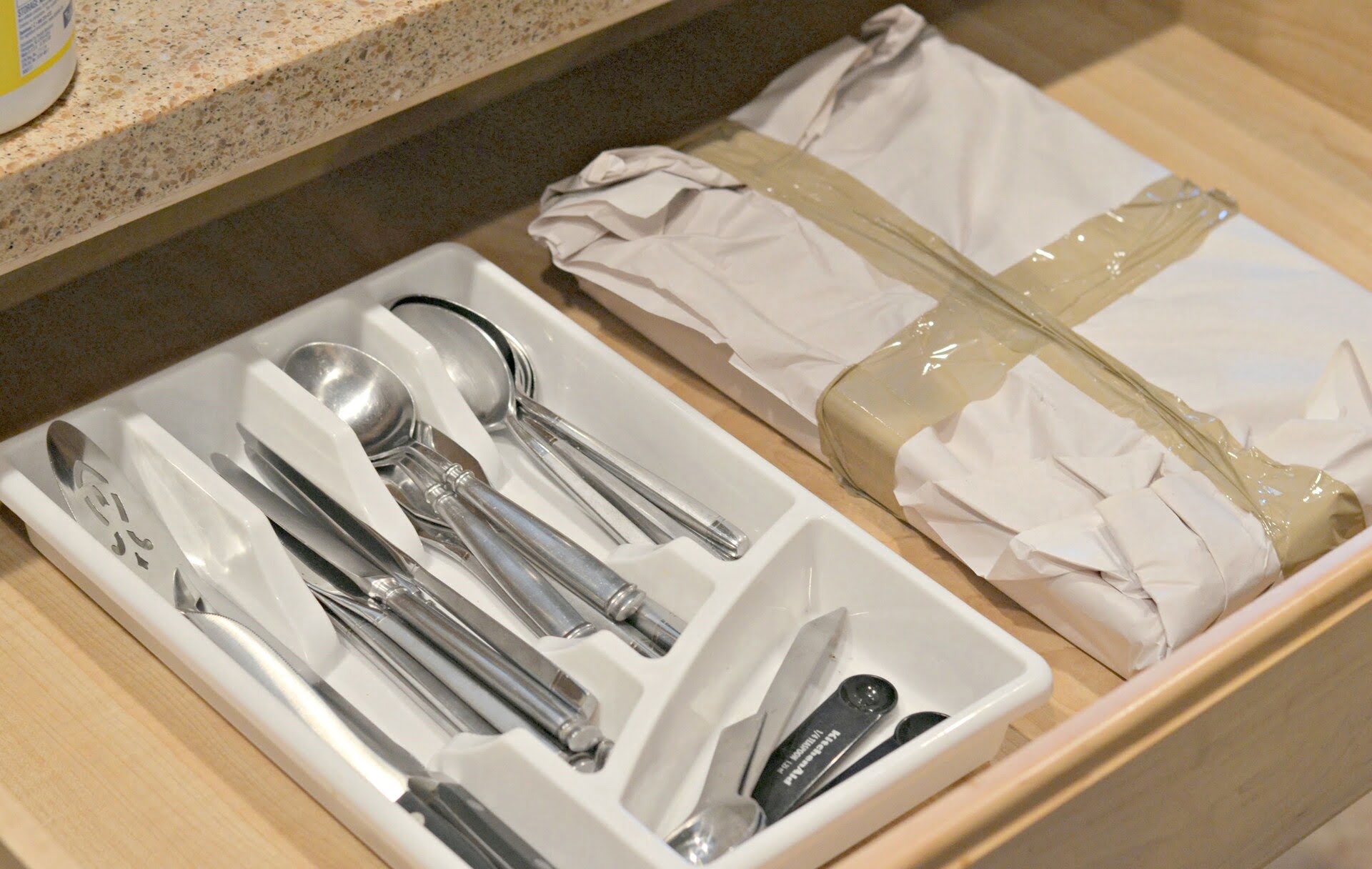
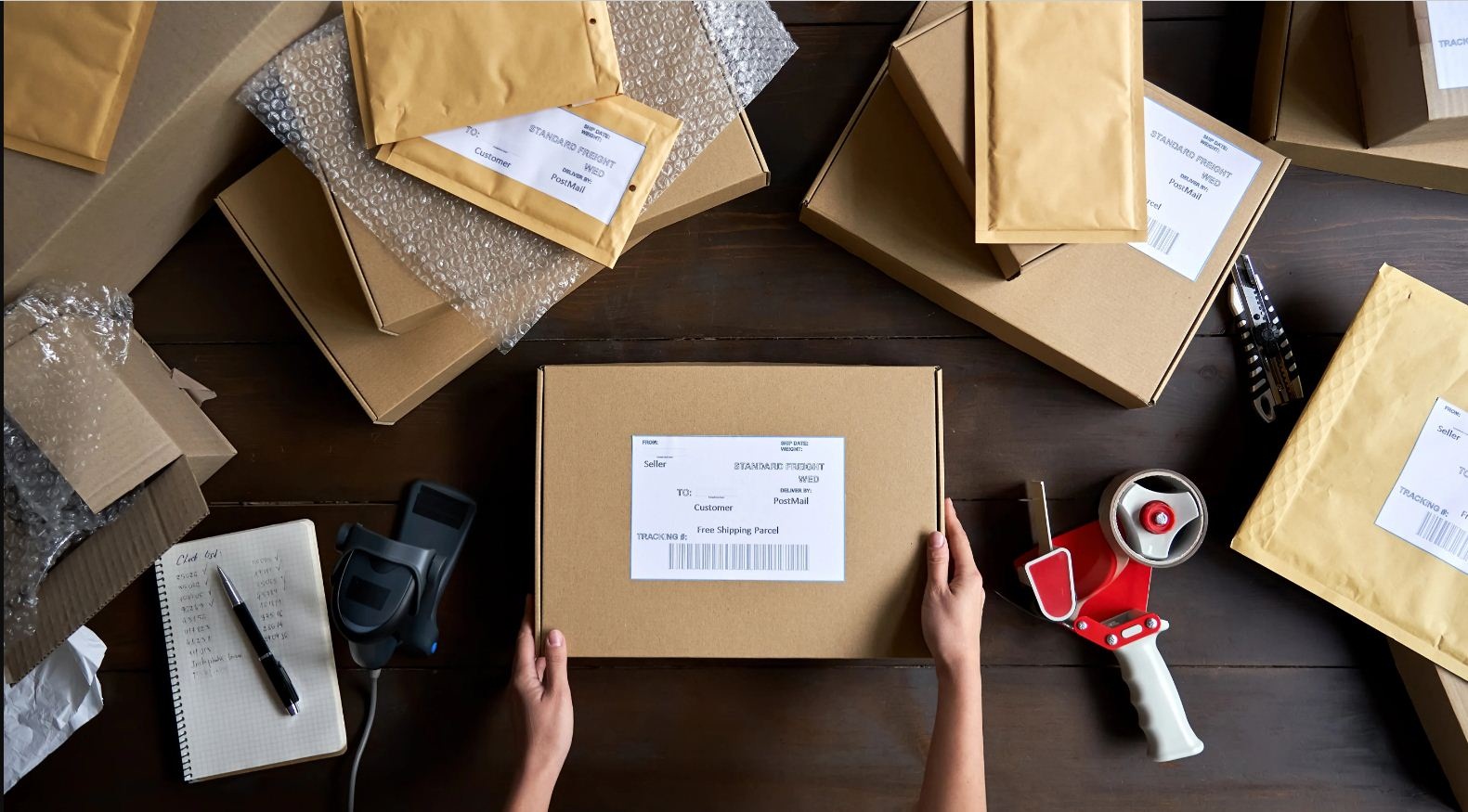

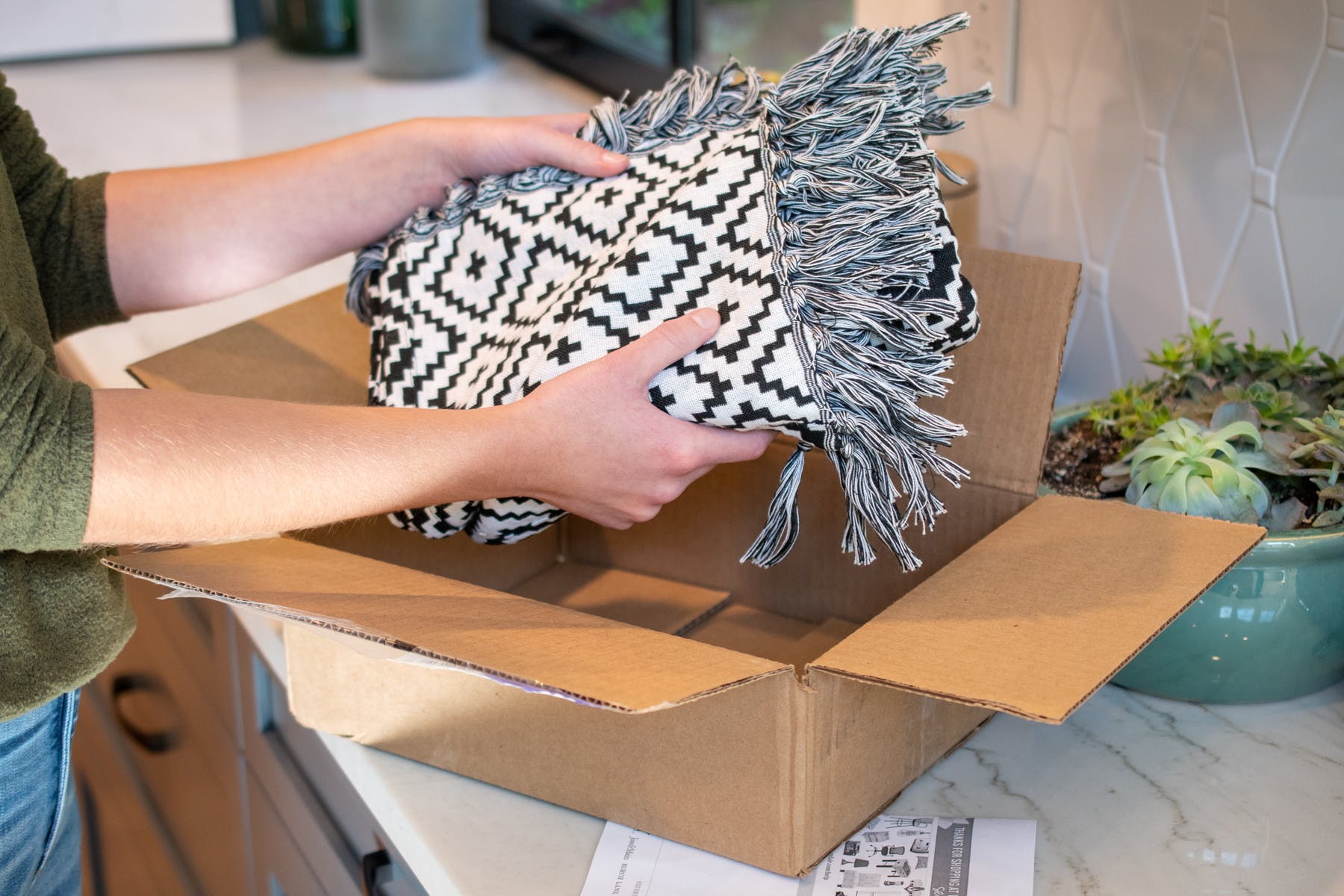

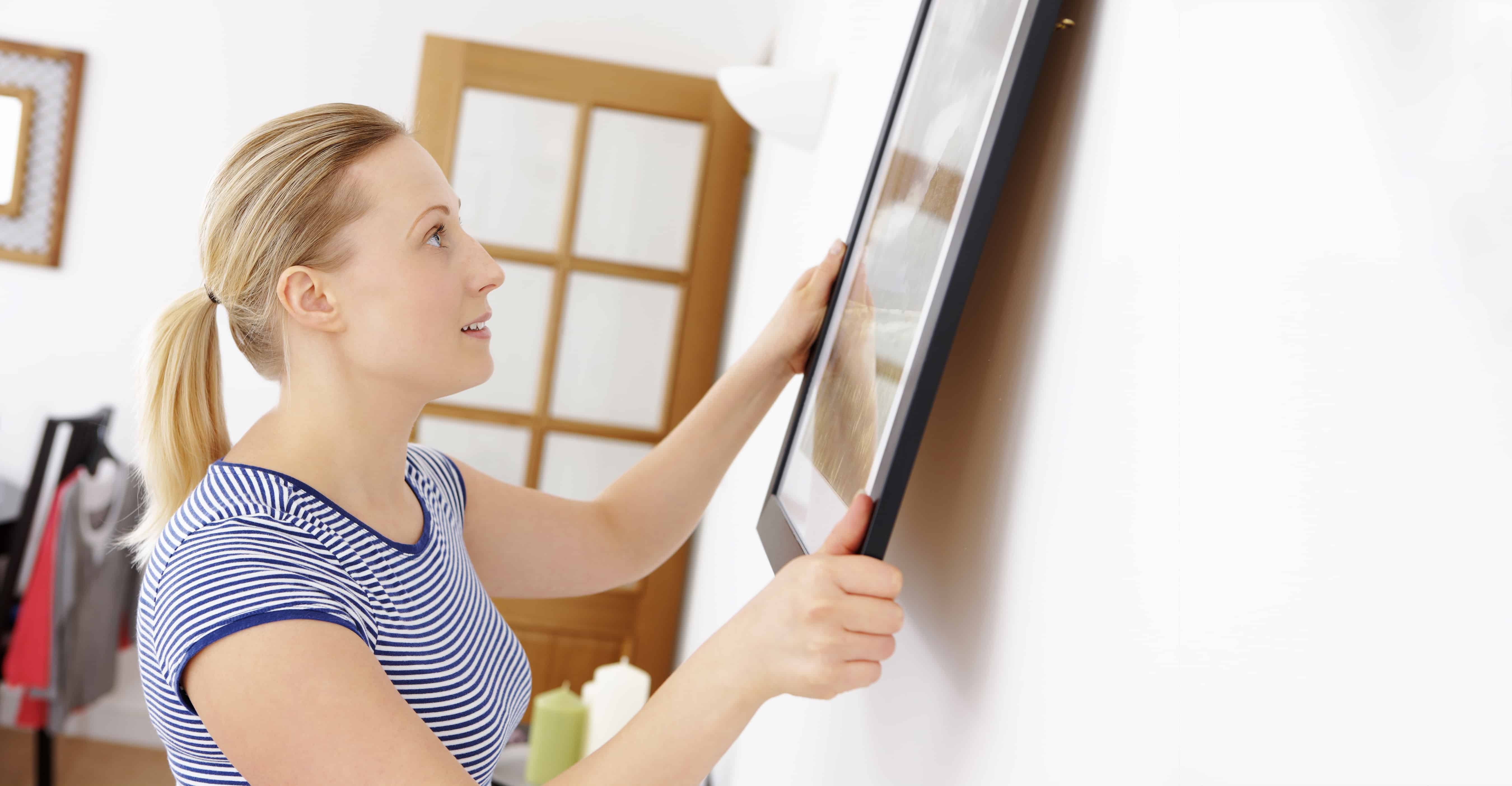
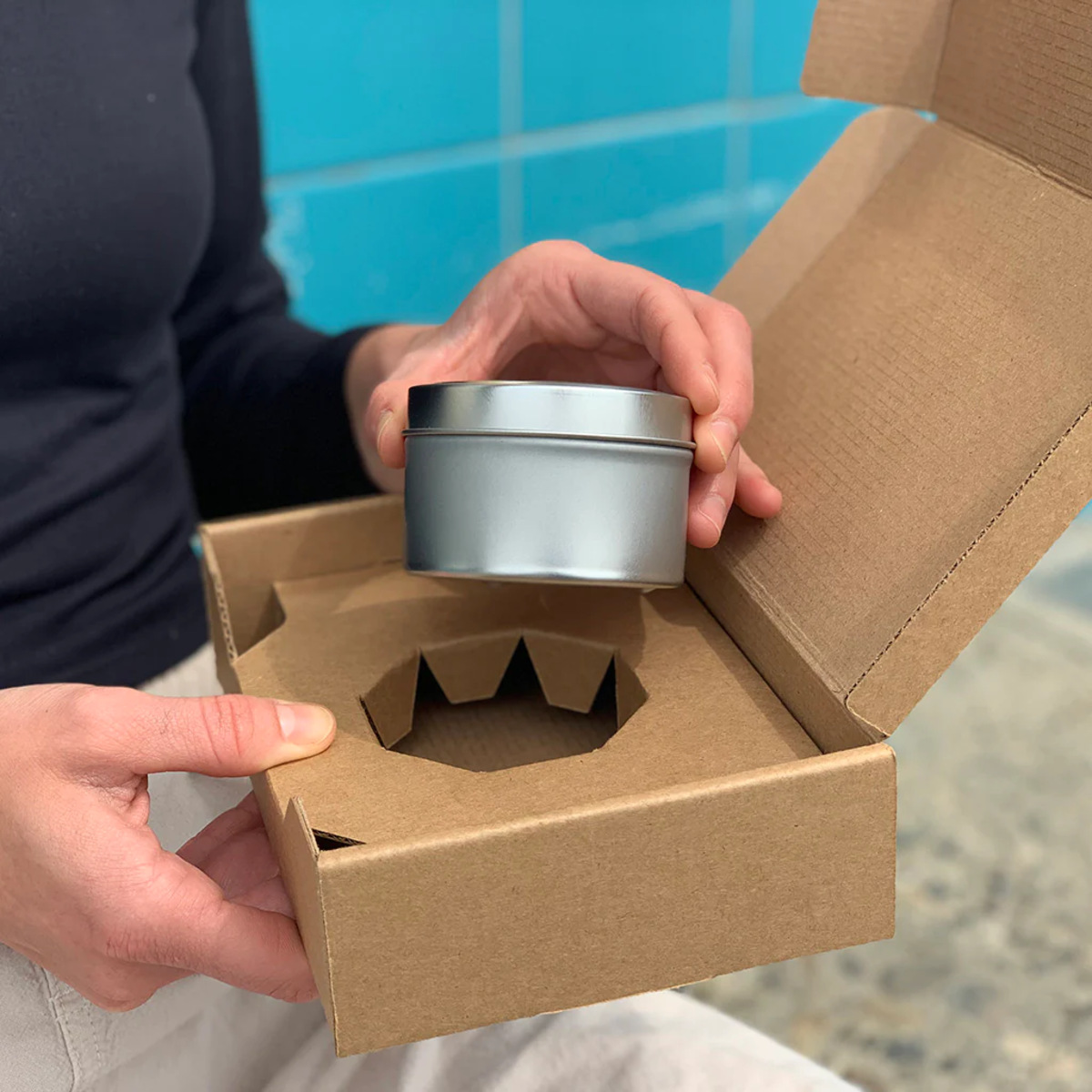
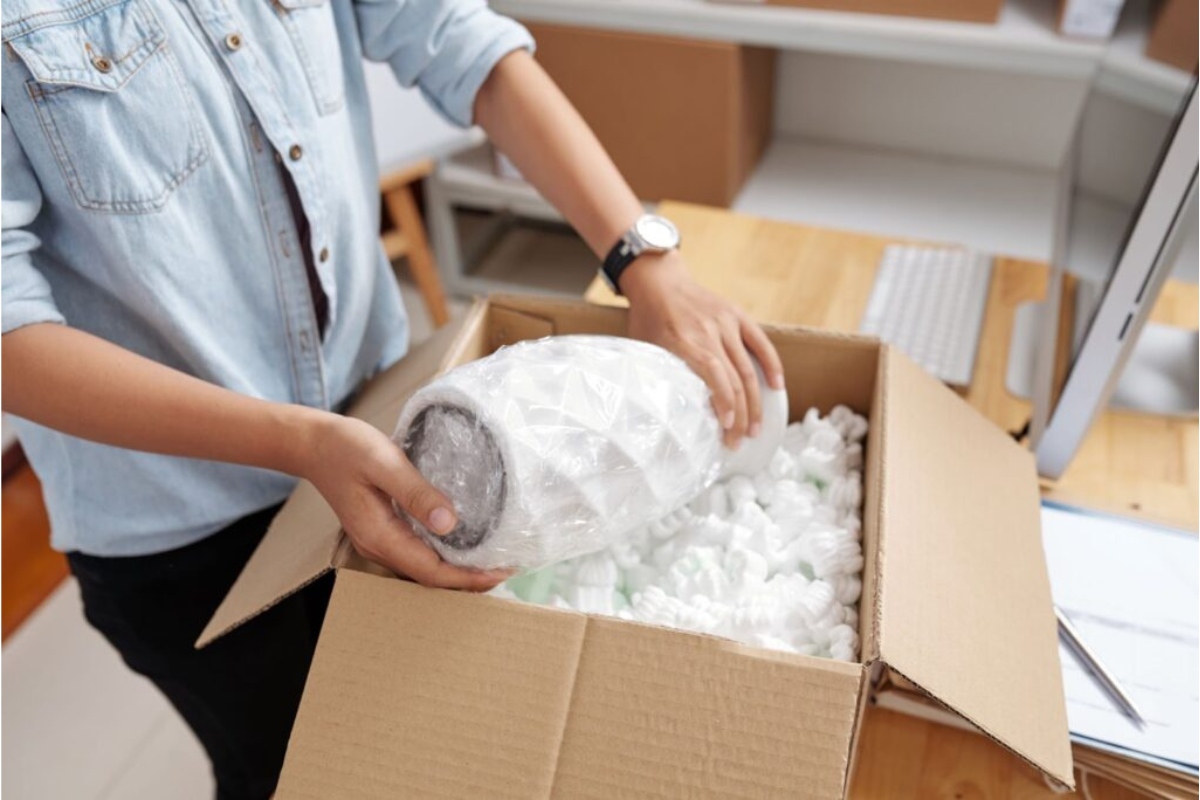
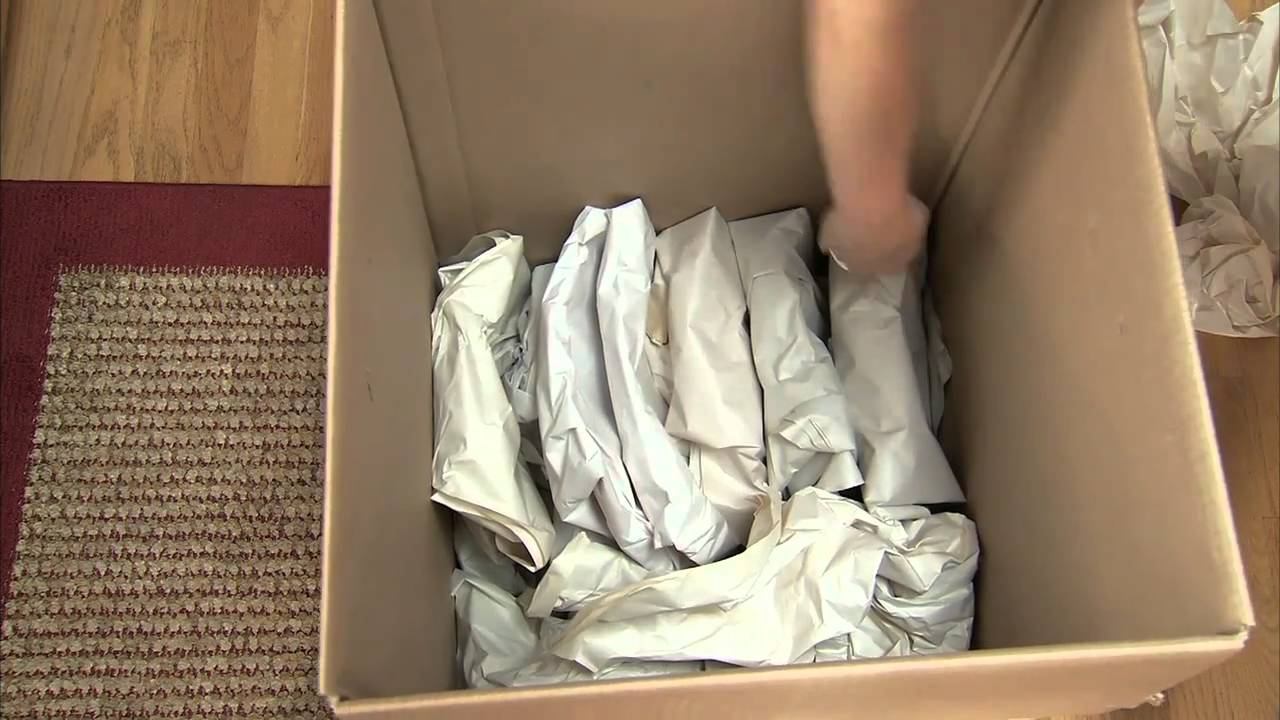



0 thoughts on “How To Pack A Television”